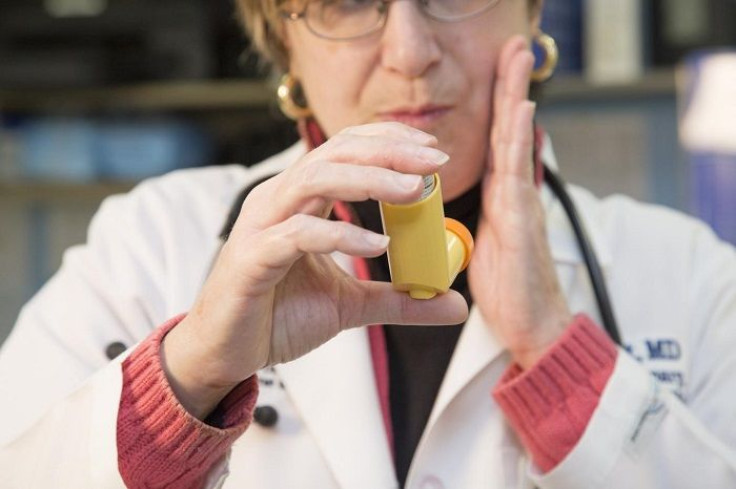Rescue Inhaler Is A 'Lifesaver' For Asthma, COPD Patients When They Know How To Use It; What's The Best Method?

Asthma and chronic obstructive pulmonary disease (COPD), two of the most common lung diseases in the U.S., commonly come with a respiratory inhaler that most patients don't know how to use, finds a new study published in the Annals of the American Thoracic Society.
Inhalers help patients breathe normal after experiencing shortness of breath or a bout of wheezing or coughing. But unlike maintenance inhalers, which are used every day to control asthma, respiratory inhalers, also known as rescue inhalers, work quickly when patients' breathing suddenly becomes difficult. These devices can save patients' lives when used properly; however, based on previous studies, lead study author Dr. Valerie G. Press stated that 86 percent of inpatients have trouble using them.
So Press and her colleagues evaluated the effects of two educational strategies currently in place — the teach-to-goal method and brief verbal method — in 120 adult patients at two Chicago hospitals. Teach-to-goal requires patients to repeat inhaler instructions to their doctors in their own words in order to confirm an understanding of the device. Brief verbal instruction, on the other hand, requires doctors to read patients inhaler instructions, without a demonstration, and give them a copy to take home.
Researchers randomly assigned study participants to one of the two strategy groups and assessed them on how well they could use a rescue inhaler at three different times: one during their method session, and again 30 and 90 days later. The results showed there were lower incidences of inhaler misuse in the teach-to-goal group than the brief-instruction group following the education session, 11 and 60 percent, respectively. The teach-to-goal group also had fewer health events that required critical care within 30 days of inhaler education.
When researchers assessed teach-to-goal patients' use of the Diskus® inhaler, another device used to control asthma and COPD symptoms, they arrived at similar results. The proper use of the inhalers did decline overtime in each group, but the teach-to-goal group still had fewer incidences of inhaler misuse — 48 percent used their inhaler properly compared to 76 percent in the second group.
Press concluded: "Our study shows that there may be improved clinical outcomes to providing teach-to-goal inhaler education in the hospital, especially for patients with lower health literacy levels, but it also shows clearly that ongoing instruction in inhaler technique is required after discharge for long-lasting skills retention and improved health outcomes."
Source: Press V, Arora V, Trela K, et al. Effectiveness of Interventions to Teach Metered-Dose and Diskus® Inhaler Technique: A Randomized Trial. Annals of the American Thoracic Society. 2016.



























